
Opera seria is an Italian musical term which refers to the noble and "serious" style of Italian opera that predominated in Europe from the 1710s to about 1770. The term itself was rarely used at the time and only attained common usage once opera seria was becoming unfashionable and beginning to be viewed as something of a historical genre. The popular rival to opera seria was opera buffa, the 'comic' opera that took its cue from the improvisatory commedia dell'arte.

La clemenza di Tito, K. 621, is an opera seria in two acts composed by Wolfgang Amadeus Mozart to an Italian libretto by Caterino Mazzolà, after Pietro Metastasio. It was started after most of Die Zauberflöte, the last of Mozart's principal operas, had already been written. The work premiered on 6 September 1791 at the Estates Theatre in Prague.

Agrippina is an opera seria in three acts by George Frideric Handel with a libretto by Cardinal Vincenzo Grimani. Composed for the 1709–10 Venice Carnevale season, the opera tells the story of Agrippina, the mother of Nero, as she plots the downfall of the Roman Emperor Claudius and the installation of her son as emperor. Grimani's libretto, considered one of the best that Handel set, is an "anti-heroic satirical comedy", full of topical political allusions. Some analysts believe that it reflects Grimani's political and diplomatic rivalry with Pope Clement XI.
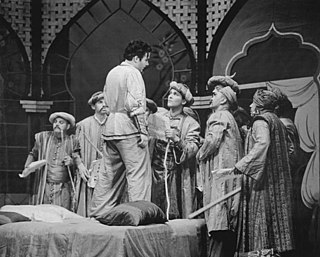
Abu Hassan is a comic opera in one act by Carl Maria von Weber to a German libretto by Franz Carl Hiemer, based on a story in One Thousand and One Nights. It was composed between 11 August 1810 and 12 January 1811 and has set numbers with recitative and spoken dialogue. The work is a Singspiel in the then popular Turkish style.

Alessandro Severo is an opera by George Frideric Handel composed in 1738. It is one of Handel's three pasticcio works, made up of the music and arias of his previous operas Giustino, Berenice and Arminio. Only the overture and recitatives were new. The impresario Johann Jacob Heidegger probably selected the 1717 libretto by Apostolo Zeno, originally written for Antonio Lotti and re-used by many composers thereafter.

Antonio Maria Gasparo Gioacchino Sacchini was an Italian composer, best known for his operas.

Giove in Argo is an Italian opera by George Frideric Handel. It is one of Handel's three pasticcio works made up of music and arias from his previous operas. The libretto was written by Antonio Maria Lucchini. The opera was first performed at the King's Theatre, Haymarket, London, on 1 May 1739.

Dardanus is an opera by Antonio Sacchini. It takes the form of a tragédie lyrique in four acts. It was first performed at Versailles on 18 September 1784, and subsequently at the Paris Opera on 30 November of the same year. The French-language libretto was adapted by Nicolas-François Guillard from that by Charles-Antoine Leclerc de La Bruère, which had already been set to music by Jean-Philippe Rameau in his earlier opera of the same name.

Creso ('Croesus') is an opera seria in 3 acts with music by Antonio Sacchini, set to an Italian libretto by Gioacchino Pizzi after Book I of the Histories by Herodotos. The opera was first performed on 4 November 1765 at the Teatro San Carlo in Naples. The libretto was a popular one that had been first set by Niccolò Jommelli.
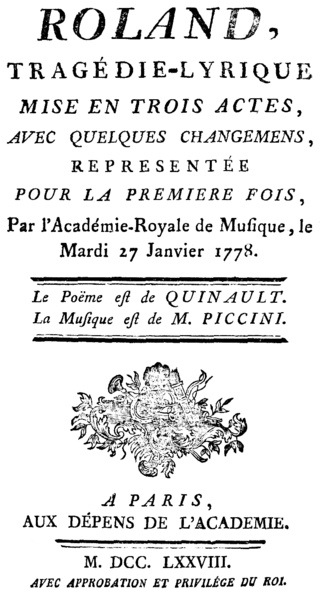
Roland is a tragédie lyrique in three acts by the composer Niccolò Piccinni. The opera was a new setting of a libretto written by Philippe Quinault for Jean-Baptiste Lully in 1685, specially adapted for Piccinni by Jean-François Marmontel and based on Ludovico Ariosto's epic poem Orlando Furioso. The opera was first performed on 27 January 1778 by the Académie Royale de Musique at the Théâtre du Palais-Royal.
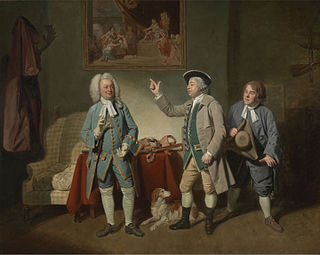
Love in a Village is a ballad opera in three acts that was composed and arranged by Thomas Arne. A pastiche, the work contains 42 musical numbers of which only five were newly composed works by Arne. The other music is made up of 13 pieces borrowed from Arne's earlier stage works, a new overture was by C. F. Abel, and 23 songs by other composers, including Bishop, Boyce, Geminiani, Giordani, and Galuppi, albeit with new texts. The English libretto, by Isaac Bickerstaffe, is based on Charles Johnson’s 1729 play The Village Opera. The opera premiered at the Royal Opera, Covent Garden in London on 8 December 1762. One of its best known songs is the Miller of Dee.
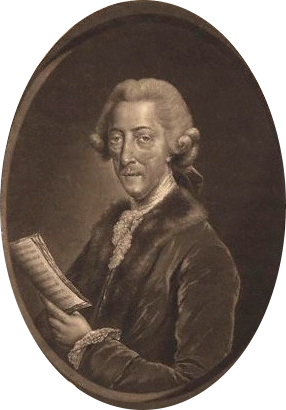
The Fairy Prince is a masque in three acts by composer Thomas Arne. The English libretto, by George Colman the Elder, is based on Ben Jonson’s Oberon, the Faery Prince (1611). The work premiered at the Covent Garden Theatre, London, on 12 November 1771.
Calliroe is a melodramma eroico or opera in 2 acts and 23 scenes by composer Giuseppe Farinelli. The work uses an Italian language libretto by Gaetano Rossi. The work premiered at La Fenice in Venice on 3 January 1808 in a double bill with the house premiere of Urbano Garzia's ballet Il calunniatore punito ossia Il conte Lenosse.

Semiramide riconosciuta is an Italian opera with serious action, or dramma per musica, by Nicola Porpora, set to a libretto by Metastasio with some textual changes, possibly by Domenico Lalli. The opera was written for some of the finest contemporary singers, and includes a technically demanding series of da capo arias.

La Calliroe is an opera in three acts by Josef Mysliveček set to a libretto by Matteo Verazi that is based on Greek legends about the Oceanid Callirrhoe. This opera belong to the serious type in Italian language referred to as opera seria. Vocal pieces from the opera composed for the singer Luigi Marchesi in the role of Tarsile were widely copied in eighteenth-century collections of operatic arias.
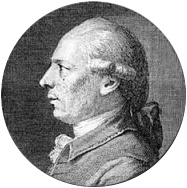
Ernelinde, princesse de Norvège is a three-act operatic tragédie lyrique, by the French composer François-André Danican Philidor. The libretto was by Antoine-Alexandre-Henri Poinsinet, after Francesco Silvani's opera libretto La fede tradita, e vendicata.

Renaud is an opera by Antonio Sacchini, first performed on 28 February 1783 by the Académie Royale de Musique at the Théâtre de la Porte Saint-Martin in Paris. It takes the form of a tragédie lyrique in three acts. The French libretto, by Jean-Joseph Lebœuf, is based on Cantos XVII and XX of Torquato Tasso's epic poem Gerusalemme liberata and, more directly, on the five-act tragedy by Simon-Joseph Pellegrin, Renaud, ou La suite d'Armide, which had been set to music by Henri Desmarets in 1722 and was intended as a sequel to Lully's famous opera Armide. According to Théodore Lajarte, Lebœuf was helped by Nicolas-Étienne Framery, the regular translator of Sacchini's libretti.
Nitocri is an opera in two acts composed by Saverio Mercadante to libretto by Apostolo Zeno adapted by Lodovico Piossasco Feys. The libretto is a fictionalised account of the Egyptian queen Nitocris. The opera premiered at the Teatro Regio in Turin on 26 December 1824.
Mattia Verazi was an Italian librettist primarily active at the court of Charles Theodore in Mannheim. He became known as the leader of a group of librettists who challenged the conventions of opera seria in the mid-18th century and was a long-time collaborator of composer Niccolò Jommelli. He also produced the libretti for Salieri's Europa riconosciuta, Sacchini's Calliroe, and J. C. Bach's Temistocle














